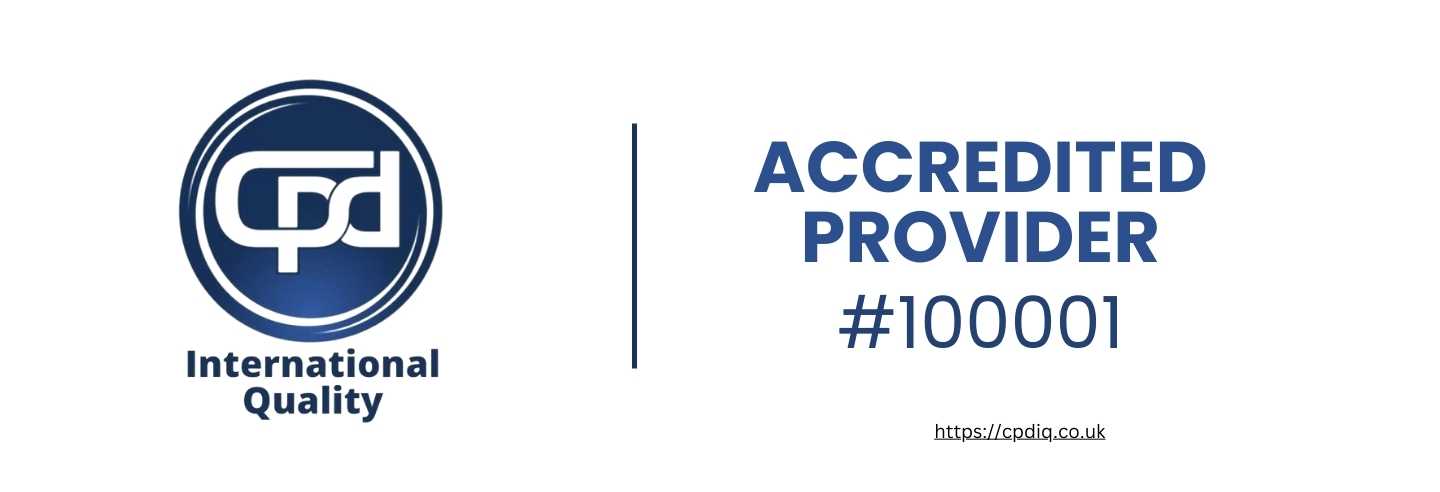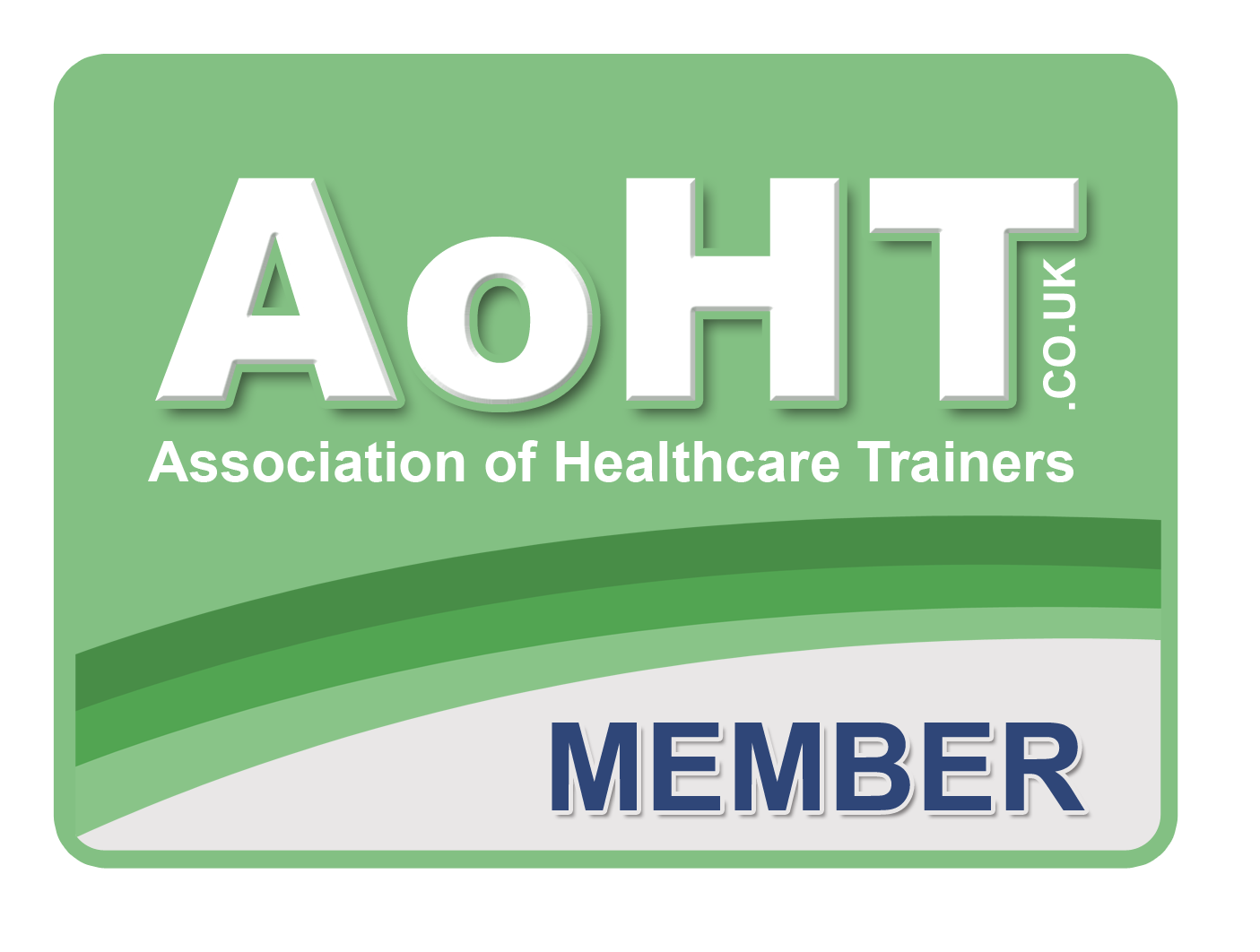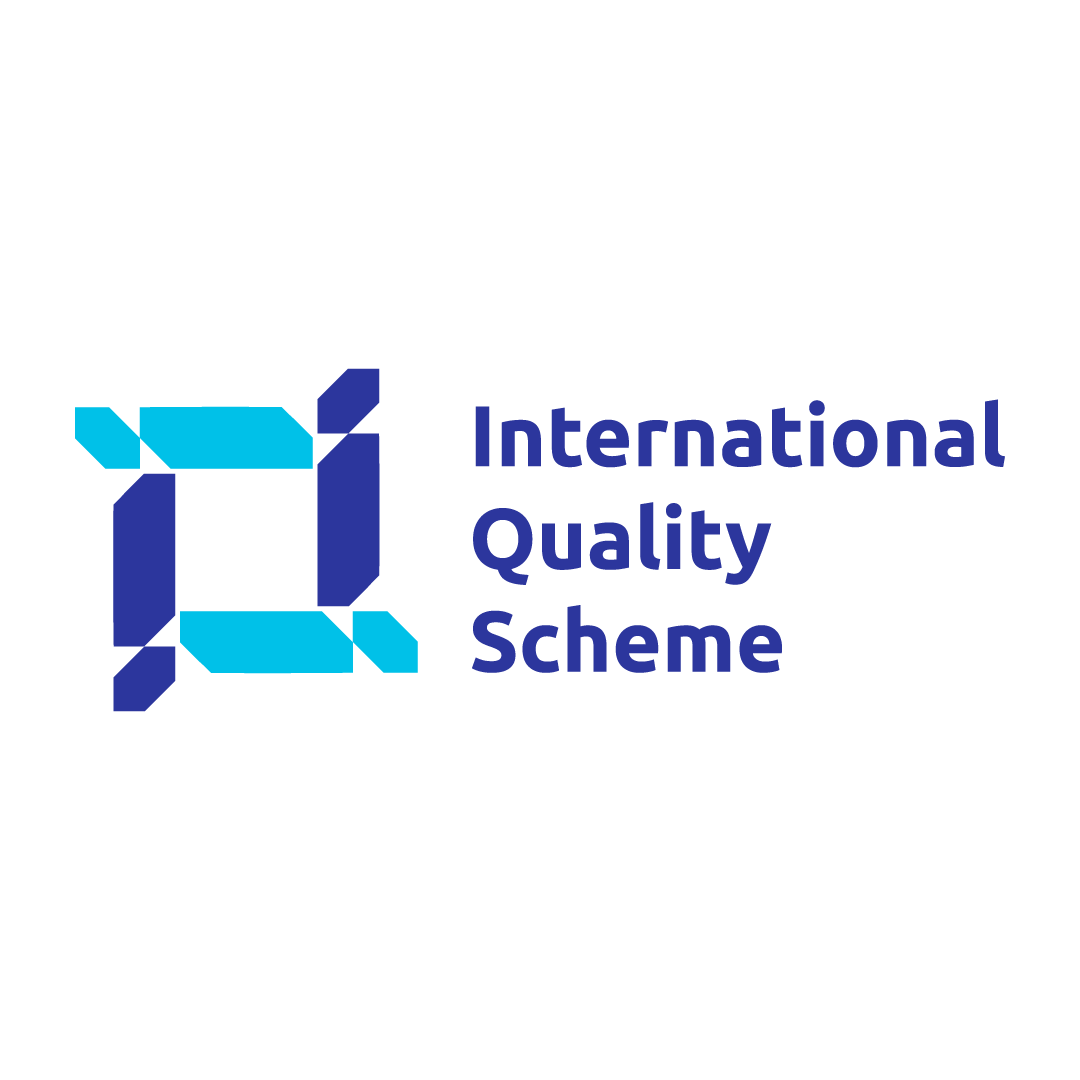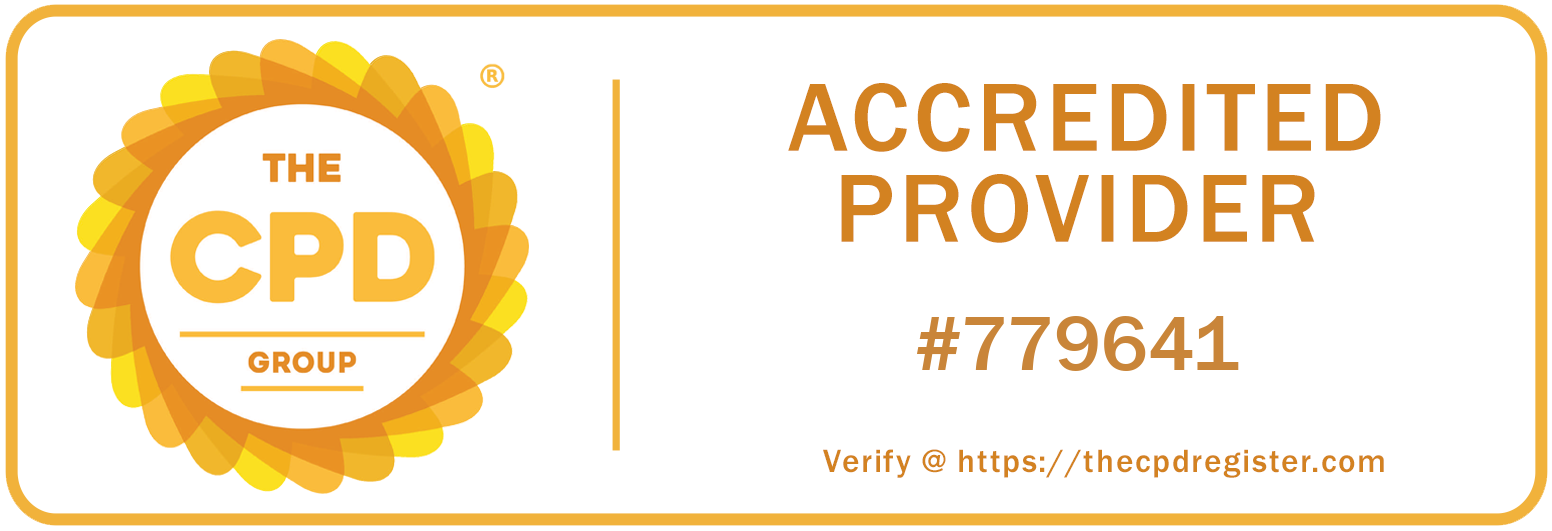
Introduction
As a registered member of a professional body, are you keen to improve your skills and stay up-to-date in your work? If so, read on, because Continuing Professional Development (CPD) offers a structured way for professionals to keep on learning and advancing in their work. In this blog, I aim to explain what is CPD training, the meaning of CPD accreditation and why it matters, how CPD points work, and how CPD is linked to your career development.
What Does CPD Stand for?
Definition of CPD
CPD, or Continuing Professional Development, refers to the learning activities involved in the ongoing development and enhancement of skills and knowledge in the workplace and in professional practice.
Explanation of the Term Continuing Professional Development
Continuing Professional Development (CPD) is the process by which a professional monitors and records the information (skills, knowledge, and experience) they acquire over time through formal and informal learning. CPD is about what you learn from doing.
The Importance of Ongoing Learning and Development in Professional Settings
Learning is a continuous process. It is important for the high-tech industry to always be up-to-date with the trends and technology of their industry. With continuous training, professionals can always keep up with the changing innovations and do not find it hard to adapt to the changing times and demands. In addition, continuous learning helps improve the professional skills of a person, which leads to better opportunities to grow in their careers. Employees who constantly learn new skills will be useful in the field they are employed in, and they will always remain competent and very effective in their jobs.
CPD in Education and Other Fields
What does CPD Stand for in Education?
For example, in the educational field, teachers and educators need to do CPD for their teaching skills to be updated and still useful.
Some people believe that the important things for CPD, such as activities, are didactical methods, new teaching concepts and resources, class organization, and so on.
For me, the main objective of doing CPD is to make sure every teacher's teaching skills are useful for his students. This is a very important fact because when students learn something from their teacher, they must understand the concept deeply.
Specifics of CPD in the Educational Sector
CPD refers to any professional learning activity an educator might undertake, such as attending workshops, seminars, or conferences, completing an online course, collaborating on a project, or observing the teaching practices of a peer.
Examples of CPD Activities for Educators
For example, educators can carry out CPD in the form of different activities: workshops on teaching strategies, seminars on educational technology, and online courses in curriculum development. Ultimately, it will inform teachers of the latest findings from educational research and methods.
CPD in Various Industries
CPD certainly isn’t confined to education alone. Practitioners in healthcare, engineering, or business have to constantly update their knowledge and competencies to meet industry standards.
Importance of CPD Across Different Professional Fields
This enables them to not only avoid mistakes but also constantly stay on top of what’s best for their patients. In engineering, CPD improves the effectiveness of builders by keeping them abreast of what’s technically feasible. Financial advisors need CPD to stay abreast of monetary market changes. Managers need CPD to keep their managerial skills sharp.
Tailoring CPD Activities to Industry-Specific Needs
It follows that professional development activities (CPD) need to be customized for different industries. For example, I would expect a healthcare worker to focus on clinical training sessions and conferences about new medical procedures, while I would expect an engineer to focus on training for new software and safety protocols relevant to the industry.
Understanding CPD Accreditation
What is CPD Accreditation?
Definition and Purpose of CPD Accreditation
CPD accreditation is a formal mechanism to recognize that a learning activity has been evaluated against established, outwardly applied, and published CPD standards and requirements to demonstrate their principal focus is upon facilitating continuous professional development and improvement in knowledge, skills, competence, and performance. It’s a bit of a mouthful, I know. And, like so many things in academia, it has a certain jargon-y vibe. Although ‘continuous professional development’ may sound intuitive to some, there’s still a need for some people to express their preference for ‘lifelong learning.’ But the reality is that when you’re tasked with attending quality CPD courses, the experience is rarely pleasant.
Importance of Choosing CPD-Accredited Courses and Programs
By opting for a training program that is recognized by an expert CPD organization, you can be confident that any steps you take towards professional improvement will have met with the rigorous examination of the UK’s leading institutes, professional bodies, and academics, resulting in a training experience that truly matters to your career. CPD-accredited courses can bolster your professional profile and likely your career prospects too, as programs approved by industry bodies add serious weight to your CV.
CPD-Accredited Meaning
Explanation of What It Means for a Course or Program to Be CPD Accredited
A CPD-certified course has been accredited by an external independent professional body or accreditation organization that has demonstrated it meets specific criteria relating to content, delivery, and/or learning outcomes.
Benefits of Attending CPD-Accredited Programs
The benefits of attending CPD-accredited programs include quality assurance and ensuring that the training provided is not only useful but also fulfills its purpose. One way people can raise their career prospects and reputation and increase their chances of promotion is by attending CPD-accredited programs.
CPD Points Explained
What are CPD points?
Definition and Significance of CPD Points in Professional Development
These hours are a form of currency that is allocated to a ‘bank’ to be drawn upon at a later stage. It is sometimes called CPD, Continuing Professional Development, or simply credits in the form of points. In some contexts, it is defined in terms of hours.
How CPD Points Are Awarded and Accumulated
CPD points are assigned to activities based on time and intensity. For example, a one-hour seminar might only give you one CPD point, while a more intensive course could give you many more. The number of points gained can increase with time over the years if you participate in varied CPD.
Tracking and Managing CPD Points
Methods for Tracking CPD Points
This will mean accurately recording everything that you do in your CPD journey to play back your activities to the authority that audits your account. Good methods for recording your CPD activity include digital CPD logs, professional development (PD) portfolios, and dedicated CPD tracking software, which you can use to maintain an audit trail and keep a strict record of CPD learning activities and points.
The Importance of Maintaining Accurate Records for Career Progression and Accreditation
Precise and timely CPD records enable clear career pathways and provide evidence of your Continuing Professional Development and accreditation; they ensure you are aware of and comply with the relative requirements for professional recognition and the accumulation of evidence towards professional development, that is, participation in organized CPD activities and receiving formal acknowledgement of your achievements.
Types of CPD Activities
Formal CPD activities
Examples of Structured Learning Activities
Formal CPD activities consist of defined and usually accredited courses, certifications, or degrees, such as a university course in advanced project management, a cybersecurity certification course, or a master’s degree in business administration.
Benefits of Formal CPD Activities for Career Advancement
Formal CPD adds much more depth due to the extended length of training and helps you gain accredited certifications that greatly increase your career options. It also demonstrates your expert status and commitment to your professional development, perhaps making you more attractive to employers, boosting your chance of promotion, or improving your pay.
Informal CPD Activities
Examples of Informal Learning Activities
While many people find it easier to follow a structured programme, ad hoc CPD can be even more valuable due to its informality. Examples of informal CPD include reading industry books and magazines, attending webinars and conferences, and participating in forums and professional networks online and offline. Naturally, self-study via books and the Internet is a great way to gain knowledge.
Importance of Informal Learning in Professional Growth
Continuous and flexible development is one of the tremendous benefits of informal learning; it helps to keep a professional up to date with development in the industry and motivates learning throughout a working life. Informal activities always bring immediate insights, most of the time they are practical enough to be directly applied to your work.
The Role of CPD in Career Development
Enhancing Professional Skills
How CPD Helps in Acquiring New Skills and Updating Existing Ones
Through this type of PD, where people learn new skills or update existing ones, they can become more effective in their roles and professions. For example, a marketing professional learns new digital marketing techniques through CPD, or an IT operative is brought up to date on information security threats.
The Importance of Staying Current with Industry Trends and Best Practices
This is to ensure that professionals remain up-to-date with current industry trends and best practices. CPD is fundamental to retaining a level of competence and ensuring that all work is of high quality and reliable.
Career Advancement Opportunities
Role of CPD in Career Progression and Promotions
CPD is very important for working people. Professional development best helps a colleague to be advanced, take a new job, and earn more money. Every year, employers should probably ask their workers what they could do to be more professional in their fields. That way, employers and employees become a good team.
Examples of How CPD Can Open up New Career Paths and Opportunities
CPD can open up new avenues for individuals seeking to change careers because positions usually require the appropriate CPD-enabled qualifications, certifications, or accreditations. For instance, a teacher who completes CPD in special education can advance to teach children with learning difficulties or cognitive barriers, while a nurse with a healthcare management certification can progress to a managerial role.
Implementing CPD in Your Professional Life
Setting CPD Goals
How to Set Realistic and Achievable CPD Goals
Setting SMART CPD goals is crucial to effective professional development. Situational assessment is a starting point but not an end. Start with an honest look at your current strengths and weaknesses, define what you want to achieve, and then set goals that are: 1. Specific: What do you want to achieve and by when? 2. Measurable: How will you measure success and failure? 3. Attainable or achievable—is what you want to achieve realistic in the context of your current position? 4. Relevant: Will the accomplishment be useful in both your present and future careers? 5. Time-bound: When is your goal timetable or milestone?
The Importance of Aligning CPD Goals with Career Objectives
By making sure your CPD goals are linked to your career aims, you can ensure that what you do will be directly applicable to increasing your on-the-job effectiveness. For instance, if you intend to move into a management position, make sure that you choose CPD activities that will give you the skills and experience needed for handling this sort of responsibility.
Creating a CPD Plan
Steps to Create a Personalized CPD Plan
Self-assessment: Evaluate your current skills and identify areas for improvement.
Set Goals: Define your CPD goals using the SMART criteria.
Identify Activities: Choose CPD activities that align with your goals.
Create a Schedule: Plan when and how you will engage in these activities.
Monitor Progress: Regularly review your progress and adjust your plan as needed.
Tips for Balancing CPD Activities with Professional and Personal Responsibilities
Because CPD balances with your other responsibilities, adequate planning is essential: focus on the best-benefit activities, break up the tasks into smaller steps, and use time-management tools. Be sure to plan time for self-care to avoid burnout.
CPD Requirements by Professional Bodies
Industry-Specific CPD Requirements
Examples of CPD Requirements from Various Professional Bodies
These requirements vary from sector to sector, with medical associations requiring doctors to undertake an annual number of CPD hours to retain their licenses; engineering councils may ask their engineers to have ongoing training to stay abreast of technological changes.
How to Ensure Compliance with Industry-Specific CPD Standards
Find out what your professional body requires by way of CPD, and check regularly for changes. Attend accredited programs when you can. Keep accurate records of the CPD activities you take part in. Make use of your professional body’s resources to help.
Benefits of Meeting CPD Requirements
Importance of Fulfilling CPD Obligations for Maintaining Professional Licenses and Certifications
Fulfilling your CPD obligations is an integral part of ensuring that your professional licenses and certifications are not revoked due to your inability to demonstrate your continued commitment to learning and your adherence to professional standards. Fulfilling your CPD obligations ensures your continued eligibility to practice in your area of expertise.
Enhancing Credibility and Reputation Through Ongoing Professional Development
Continuing Professional Development is important for maintaining your professional reputation because it demonstrates your commitment to upholding standards and following trends in your field. It can also bring more respect from employers and clients, open up more opportunities for you in the future, and lead to advancement in your career.
Conclusion
Continuing Professional Development (CPD) is another method by which a person can develop themselves professionally and personally through learning new knowledge and obtaining new skills by participating in an accredited course, certification, or other informal learning activities that are relevant to professional and career development. Through CPD points, professionals can strengthen their development and be aligned with industry standards, as well as learn about trends and standards in any profession.
People should embrace CPD for personal and professional development and to reach career goals, and you can start by looking for accredited programs, information, and activities.










